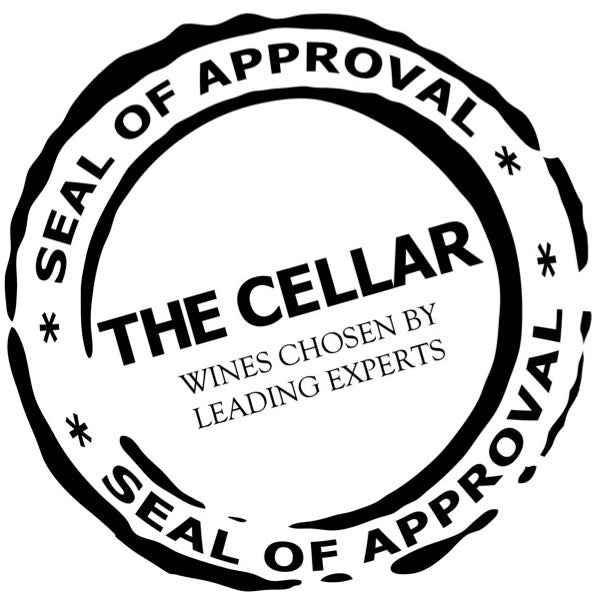Wine Label Decoding
There are many tricky wine labels out there which just make finding that perfect bottle even harder than it already is. Unless you speak all of the leading European languages and know all of the regions and grapes it can become a bit time-consuming.
We have put together a few classic labels from around Europe with notes to help you out. Of course wine labels are different and the information is placed in different spots on all of these labels but this can act as a rough guide to helping you out.
The most important things to remember between European and 'new world' wines (those from USA, Australia, NZ etc) is that - European wine labels often won't have the grapes the wines are made from on the label. They will always reference the region it came from - this region is code for a certain grape as only certain grapes can be made in most regions around Europe. For example a red wine from Burgundy can only be made from Pinot Noir.
France
Below is a label from one of the leading wine estates in the region of Bordeaux. The consumer is expected to know this from both the winery classification and the winery.

Below is a classic label from the southern Rhone Valley. This particular wine is from the region of Chateauneuf-du-Pape - this will almost always be the largest word on the label after the wine producer. Consumers are expected to know that the wine is a blend of Grenache, Syrah and Mouvedre.

Germany
German wine labels are often seen as the most confusing to consumers - this isn't even because of the language divide but rather the amount of information of the labels. They are the most specific and by law must label all of them. Wine producer and the Village + Vineyard will always be the most important. Depending on the producer, as Germany can plant numerous grapes in certain regions, they will name the grape varietal as well. The sweetness level of white wines is also one of the most dominate features of the label.

Italy
Italian labels can be either easy to understand or very difficult. There are numerous appellations in Italy - more than any other country - and they all make different wines. Though none of these will list the grape varietal they will always be the largest word on the label. In case you are confused which is the region, there will always be the quality demarcation underneath it. In this example the region is Barolo and the quality demarcation is DOCG or 'Denominazione d'Origine Controllata e Garantia'. After the region, the producer will be the largest. Depending on the producer the vineyard name will also appear.

Spain
Below is one of the most well known wine labels of Spain - heavily found in the export markets as a classic red wine from Rioja. The labels of Spain will have three dominate features to them: 1) Wine producer, 2) Region, and 3) and age statement. The age statement is important as it can change the style of wine dramatically. Wines labelled Joven aren't aged at all = fruit forward, light and juicy, Crianza are aged for up to a year in oak, Reserva are aged for up to 2-3 years in oak, and Gran Reserva are up to 4-5 years in oak. If it isn't mentioned, uncommon, in generally means it falls into the Joven category.

